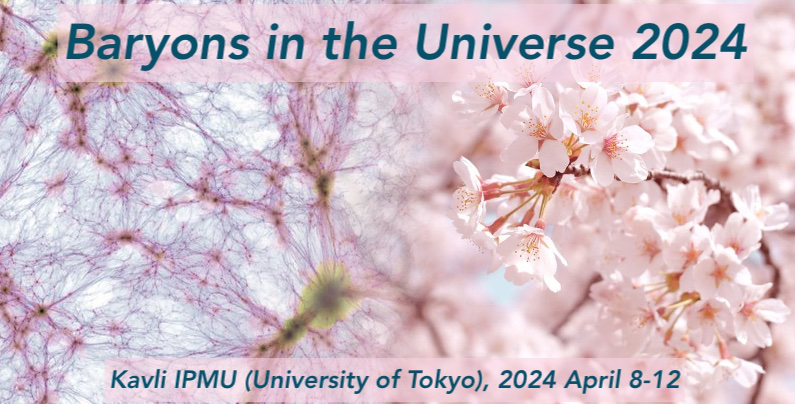Speaker
Description
The low redshift Lyman-α (Lyα) forest (z ≲ 2) presents a challenge for both observers and theorists. Observationally, it is difficult to collect data due to the need for high resolution space-based FUV spectrographs. The observational data we do have for the forest (which lies largely below z=0.5) challenges predictions from cosmological hydrodynamic simulations. In order to resolve theory and observation in this context, a better understanding of the mechanisms that alter the thermal state of the intergalactic medium (IGM) is necessary. In particular, galactic feedback mechanisms are likely to play a role in resolving the theorized and observed low-z Lyα forest, especially that from active galactic nuclei (AGN), a feedback mechanism that is still largely unconstrained. Using the Cosmology and Astrophysics with Machine Learning Simulations (CAMELS) suite, we explore variations of the AGN and stellar feedback models in the IllustrisTNG and Simba sub-grid models. We find that both AGN and stellar feedback in Simba play a role in setting the Lyα forest column density distribution function, the Doppler width distribution, and the flux power spectrum. Simba’s AGN jet feedback mode is able to efficiently transport both energy and gas out to the diffuse IGM to shape the Lyman-α forest statistics. We find that stellar feedback plays a prominent role in regulating supermassive black hole growth and feedback, highlighting the importance of constraining stellar and AGN feedback simultaneously. In IllustrisTNG, the AGN feedback variations explored in CAMELS do not affect the Lyα forest, but varying the stellar feedback model does produce subtle changes. Our results imply that the low-z Lyα forest can be sensitive to changes in the ultraviolet background, stellar and AGN feedback, and that AGN jet feedback in particular can have a strong effect on the thermal state of the IGM.

